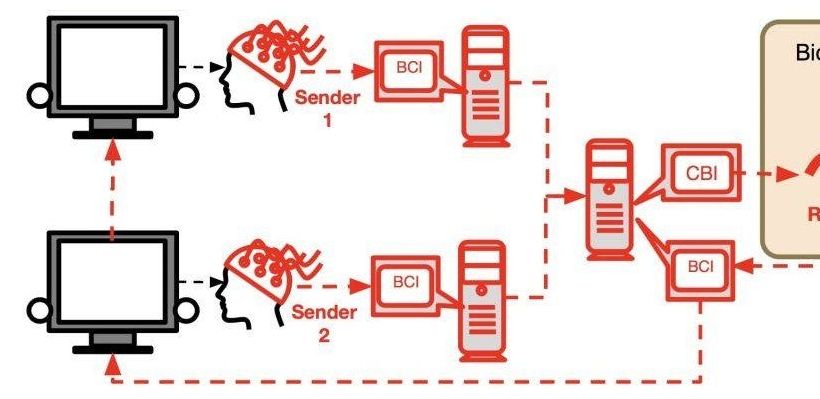Elon Musk unveiled prototypes of Tesla’s Solar Roof tiles In October 2016. They came in four styles that looked just like normal roofing material but were essentially miniaturized versions of traditional solar panels.
The announcement helped Tesla justify its $2.6 billion acquisition of SolarCity one month later and represented Musk’s vision for what the businesses could do together.
It’s been almost two years since then. So where are the tiles?
“We now have several hundred homes with the Solar Roof on them, and that’s going well. It takes a while to just confirm that the Solar Roof is going to last for 30 years and all the details work out,” Musk said on Tesla’s Q2 earnings call in August.» Subscribe to CNBC: http://cnb.cx/SubscribeCNBC
About CNBC: From ‘Wall Street’ to ‘Main Street’ to award winning original documentaries and Reality TV series, CNBC has you covered. Experience special sneak peeks of your favorite shows, exclusive video and more.
Connect with CNBC News Online




